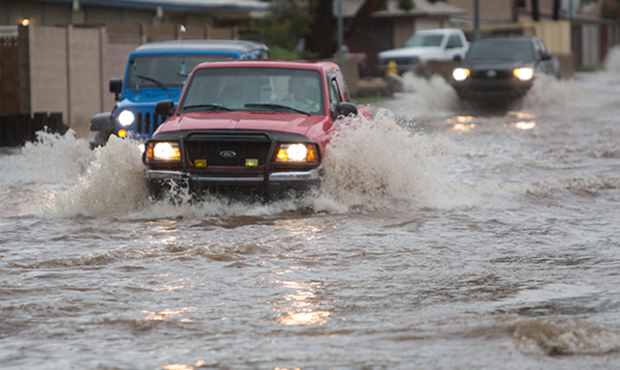Infants raised in a home with moldy areas may be more likely to develop childhood asthma. A new study shows that infants who lived in moldy homes were nearly three times more likely to have childhood asthma by age 7.
“Early life exposure to mold seems to play a critical role in childhood asthma development,” researcher Tina Reponen, PhD, professor of environmental health at the University of Cincinnati, says in a news release. “This study should motivate expectant parents — especially if they have a family history of allergy or asthma — to correct water damage and reduce the mold burden in their homes to protect the respiratory health of their children,” Reponen says.
Mold Tied to Asthma Risk
In the study, published in the Annals of Allergy, Asthma & Immunology, researchers looked at factors associated with the risk of developing childhood asthma in a group of 176 children followed from birth in the Cincinnati, Ohio, and Northern Kentucky area.
Mold exposure in the home was measured using EPA standards, and the children were evaluated for asthma at age 7. The results showed that 18% of the children had childhood asthma by age 7. Children who lived in a home rated as having a high level of mold during the first year of life were 2.6 times more likely to have asthma as those who lived in homes with a low level of mold.
Researchers found that other factors associated with an increased childhood asthma risk were a family history of asthma and an allergic sensitization to dust mites. The study also showed that air-conditioning at home slightly reduced the risk of childhood asthma development. Researchers say about 9% of school-aged children in the U.S. will develop asthma. Symptoms of childhood asthma can range from a nagging cough to episodes of shortness of breath and wheezing that require emergency treatment.








